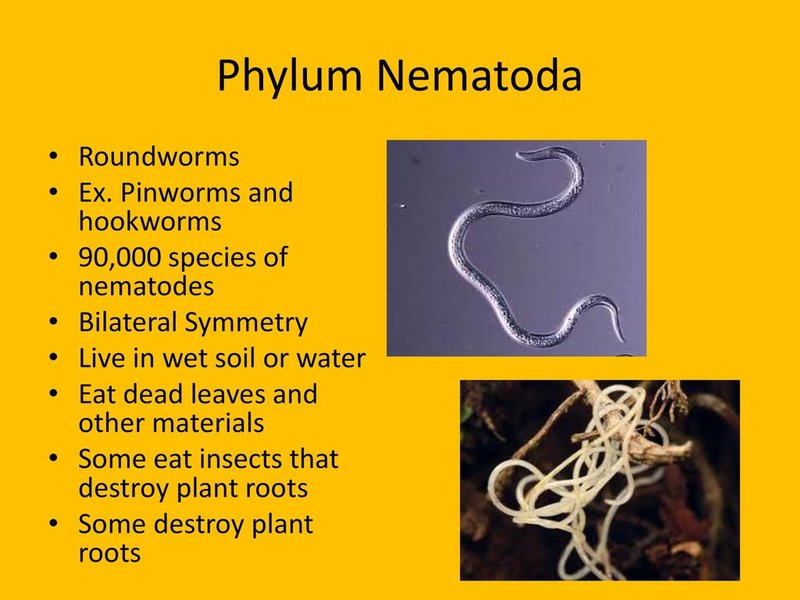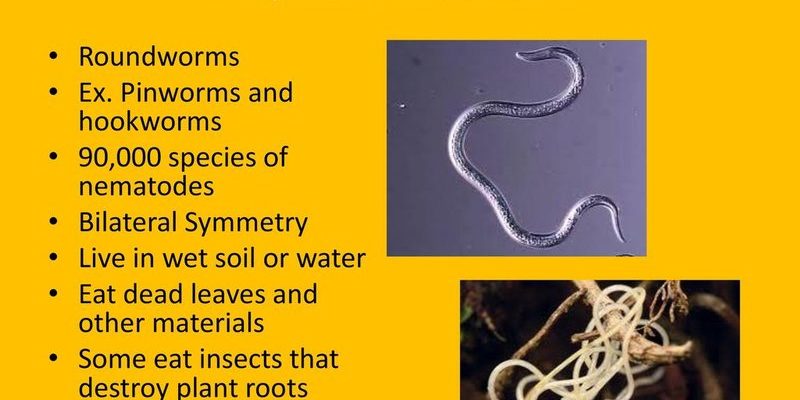
Pinworms, or *Enterobius vermicularis*, are small, white worms that often make their homes in the human intestines. They’re notorious for causing itching and discomfort, especially in kids. But they’re not alone in the worm world; there are quite a few other worm species that share the same habitats. Whether you’re a curious parent, a student, or anyone interested in these creatures, this article will break down the similarities and differences among these worm species.
Understanding how pinworms stack up against their worm cousins can shine a light on not just their biology, but also how we can manage them effectively. By exploring their characteristics, habitats, and impacts on health, we’ll uncover the fascinating world of these tiny, often misunderstood animals.
What Are Pinworms?
Let’s start with the basics. Pinworms are small, thread-like worms that primarily affect children, though anyone can become a host. They’re usually around the size of a staple, measuring about 8 to 13 mm long. These little guys love the human intestines, where they lay their eggs, usually at night. You might be wondering why they’re significant—well, their eggs are easily transmitted through contaminated surfaces, making them quite infectious.
When an infected person scratches their itchy rear end, they can spread eggs onto surfaces like bedding, clothing, and toys. It’s like a never-ending cycle. Kids often get reinfected by accidentally ingesting the eggs, which can be tough to break. To put it simply, if pinworms were a movie, they’d be a never-ending sequel—always coming back for more!
Life Cycle of Pinworms
The life cycle of pinworms is pretty interesting and explains why they’re so contagious. Once the eggs are ingested, they hatch in the intestines and mature into adult worms in about four to six weeks. They thrive in the large intestine before the females venture out at night to lay their eggs around the anus. After laying eggs, the females die, and the newly laid eggs can survive on surfaces for up to two weeks.
This process might seem tedious, but it’s how pinworms sustain their population. If you’ve ever heard of the term “itchy bottom,” well, that’s just a symptom of their presence. In locations like daycares, schools, and crowded living spaces, pinworm infections can spread rapidly, creating a little community of discomfort!
How Do Pinworms Compare to Roundworms?
Now that we have a good grasp of pinworms, how do they stack up against roundworms? Roundworms, or *Ascaris lumbricoides*, are a bit of a different breed. They’re generally larger—sometimes growing up to 30 cm long— and they can reside in the human intestines as well.
Roundworms are also transmitted differently. Typically, their eggs are found in contaminated soil or food. Unlike the effective nighttime hatching strategy of pinworms, roundworms have a more complex life cycle involving various hosts. They might not be as itchy, but they can cause serious health issues like malnutrition and abdominal pain if left untreated.
In short, while both pinworms and roundworms are intestinal parasites, they differ in size, transmission methods, and severity of symptoms. Think of it as comparing apples and oranges—both are fruit, but they offer different tastes and benefits!
The Impact of Hookworms on Human Health
Another similar worm species you might bump into is the hookworm. Hookworms, scientifically known as *Ancylostoma duodenale* and *Necator americanus*, are a different flavor of intestinal parasite. They’re not quite as common in developed countries but can have serious consequences for health in areas with poor sanitation.
Unlike pinworms, hookworms penetrate the skin, usually through bare feet. Once in the bloodstream, they travel to the lungs, where they can be coughed up and swallowed again to reach the intestines. The irony? Hookworms can cause anemia, fatigue, and nutritional deficiencies because they attach themselves to the intestinal lining and feed on blood.
So, while pinworms might cause some irritation, hookworms can lead to more serious health concerns. It’s a stark reminder of how varied worms can be in their impacts on human health.
Comparing Symptoms: Pinworms vs. Other Worm Species
When it comes to symptoms, pinworms are generally known for causing itching around the anus, which can be quite bothersome, especially for kids. On the other hand, roundworms and hookworms present with different symptoms. For instance:
- Roundworms: Often cause abdominal pain, nausea, and in some cases, coughing if they migrate to the lungs.
- Hookworms: Can lead to fatigue, pale skin (due to anemia), and general malaise.
It’s essential to recognize these symptoms because they not only tell us what type of worm might be at play but also guide us in seeking the right treatment. So, if your child is scratching their bottom a lot, it’s a good sign to check for pinworms. But if they’re showing signs of fatigue and weakness, it might be worth a visit to the doctor to rule out something like hookworms.
Prevention Strategies for Pinworms and Other Worms
Preventing pinworm infections is crucial, especially in families with young children. It starts with good hygiene practices. Here are some simple steps to consider:
- Wash hands regularly: Encourage everyone to wash their hands, especially after using the bathroom and before meals.
- Change underwear daily: Fresh underwear can help minimize the spread of eggs.
- Regular cleaning: Keep living areas clean by regularly washing bedding and toys, especially in homes with kids.
These practices can also help prevent other types of worm infections. For example, wearing shoes in potentially contaminated areas can help avoid hookworm infections. Simply staying aware and proactive can make all the difference in warding off these unwelcome house guests.
Treatment Options for Pinworms and Similar Worms
If you or your child ends up with pinworms, don’t worry—this parasite is treatable! Over-the-counter medications like pyrantel pamoate or prescription treatments are typically effective. Here’s how to approach it:
1. Consult a doctor: Always start here to confirm it’s pinworms and not another type of infection.
2. Medication: Follow the prescribed treatment plan. Repeat doses might be necessary after a couple of weeks.
3. Follow-up hygiene: Remember, treating the infection won’t be effective if you continue to spread the eggs. Apply those good hygiene practices we talked about earlier!
For roundworms and hookworms, treatments usually involve specific anthelmintic medications that target these parasites directly. Just like with pinworms, it’s important to ensure that the entire household is on the same page when it comes to cleanliness and treatment.
Summarizing the Worm Family Tree
In summary, pinworms and their worm cousins like roundworms and hookworms share habitats but lead very different lives. Pinworms are small, pesky parasites that can cause irritation, while roundworms and hookworms can lead to more serious health issues. By understanding each type’s unique characteristics, symptoms, and treatment options, we can better protect ourselves and our loved ones from these tiny invaders.
Next time you think about worms, remember that they’re not all the same. Whether it’s the annoying itch of pinworms or the more serious consequences of roundworms and hookworms, knowledge is power. Keeping our homes clean, practicing good hygiene, and promptly treating any infections can help us steer clear of these uninvited guests. So, let’s stay informed and keep those pesky worms at bay!

